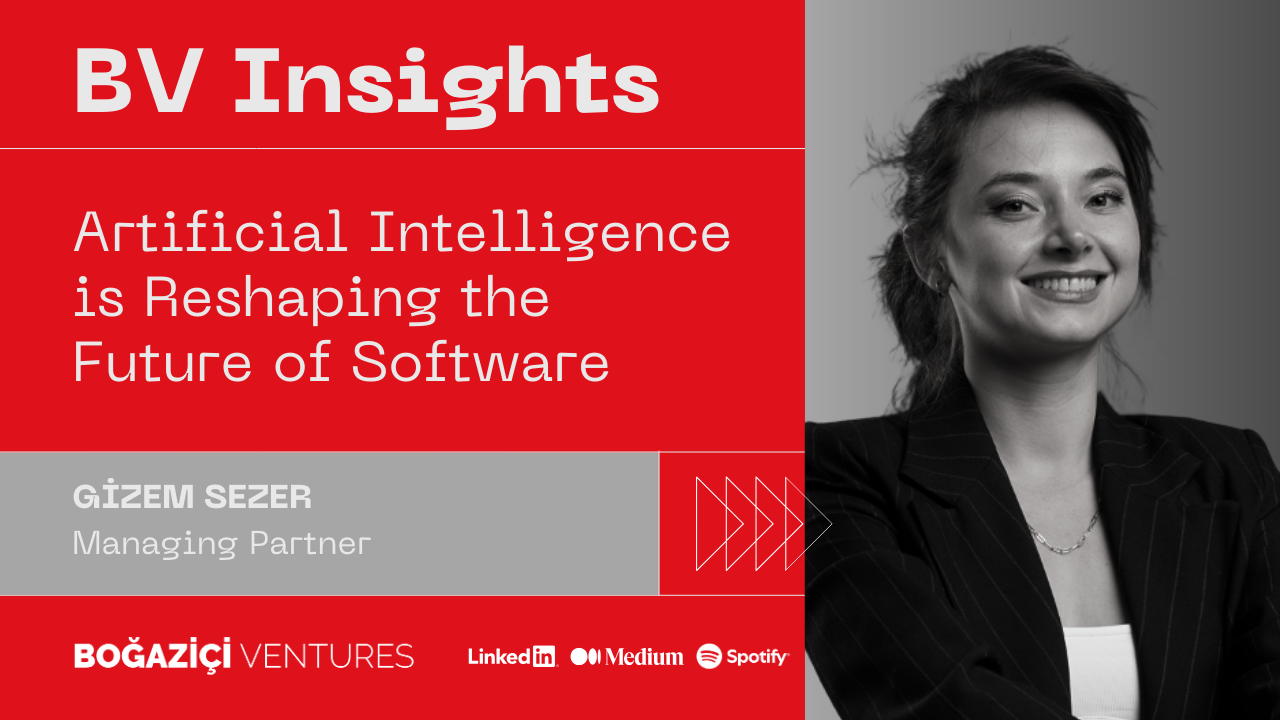Rising Demand for Data Centers: Drivers and Future Outlook
The need for data centers—facilities that store, process, and distribute the massive amounts of data required for businesses to operate—is increasing rapidly. The surge in digitalization, artificial intelligence applications, cloud-based services, big data analytics, the Internet of Things (IoT), and remote working systems all contribute to greater data generation and processing needs.

The need for data centers—facilities that store, process, and distribute the massive amounts of data required for businesses to operate—is increasing rapidly. The surge in digitalization, artificial intelligence applications, cloud-based services, big data analytics, the Internet of Things (IoT), and remote working systems all contribute to greater data generation and processing needs.
According to McKinsey, global data center capacity, estimated at 82 GW in 2025, is expected to reach 219 GW by 2030. The demand for large-scale data centers has particularly grown due to the training and operation of AI systems, with their expansion across sectors such as finance, healthcare, manufacturing, and logistics pushing requirements even higher. In response, technology giants are accelerating their investments. Recently, Meta CEO Mark Zuckerberg announced the construction of a massive 5 GW “Hyperion” data center in the U.S. to meet this rising AI-driven demand.
Key Drivers Behind Rising Demand
Artificial Intelligence (AI): The rapid rise of AI applications has dramatically increased the need for computing power. Large language models (LLMs) and deep learning algorithms require vast amounts of data processing, powered by GPUs and specialized servers typically housed in data centers. Training and running these models demand hyperscale data centers with thousands of servers, extensive processing capacity, storage, and energy infrastructure—leading to a surge in investments.
Energy and Cooling Requirements: GPUs and CPUs used in these facilities consume far more energy and generate significant heat. As total energy demand grows, efficient cooling becomes critical. Traditional air-cooling methods are insufficient, leading to greater adoption of liquid cooling technologies. As a result, next-generation data centers are being built with high-performance hardware, advanced energy management, intelligent cooling systems, and sustainable design principles.
Investment Scale: McKinsey estimates that meeting rising demand will require $6.7 trillion in global investment by 2030, including $5.2 trillion for AI-driven workloads and $1.5 trillion for traditional IT infrastructure.
Cloud Adoption: The growing adoption of cloud systems is driving the need for both more data centers and greater capacity. SMEs, in particular, are migrating to the cloud to build digital infrastructure without heavy upfront investments. Yet every cloud service still depends on large-scale physical data centers worldwide, which ensure storage, processing, and transmission for secure and seamless access.
Digital Content Consumption: The explosive growth of streaming platforms, online gaming, and social media—especially video and live streaming—requires massive storage capacity, further driving demand for data centers.
Internet of Things (IoT): The proliferation of IoT devices, from smart homes to industrial sensor networks, continuously generates vast amounts of data. Processing this data in real-time significantly increases workloads for data centers.
Future Outlook
The rapid evolution of AI applications is reshaping not only the capacity of data centers but also their design. As GPUs generate extreme levels of heat, liquid cooling systems are increasingly replacing traditional air cooling. At the same time, data centers consume much higher levels of energy, requiring a transition toward renewable energy sources, modular infrastructure, and energy-efficient designs to ensure sustainability.
Furthermore, companies are expected to invest more heavily in edge computing. Relying solely on centralized systems is proving insufficient for latency-sensitive applications, making edge computing a complementary component of data infrastructure. This model processes data closer to where it is generated—at the device level or in micro data centers—offering advantages in real-time decision-making, low latency, and reduced network traffic.
Overall, rapid digitalization, cloud adoption, big data analytics, and especially AI are driving exponential increases in data generation and processing needs. This demand not only accelerates capacity growth but also necessitates infrastructure transformation in hardware, energy management, and cooling systems. Going forward, limiting energy consumption, reducing carbon emissions, and prioritizing energy-efficient designs will be at the center of data center evolution.
About Boğaziçi Ventures
For more than a decade, we have been dedicated to contributing to and creating value within Turkey’s technology entrepreneurship ecosystem. During this time, we have leveraged our deep expertise and strong business network to support entrepreneurs. At Boğaziçi Ventures, we believe in shaping our investments by harnessing the power of technology across multiple verticals to deliver sustainable and intelligent solutions.
We invite entrepreneurs to apply for investment discussions via [email protected] . Take the opportunity to grow your technology venture and join our global network today!




